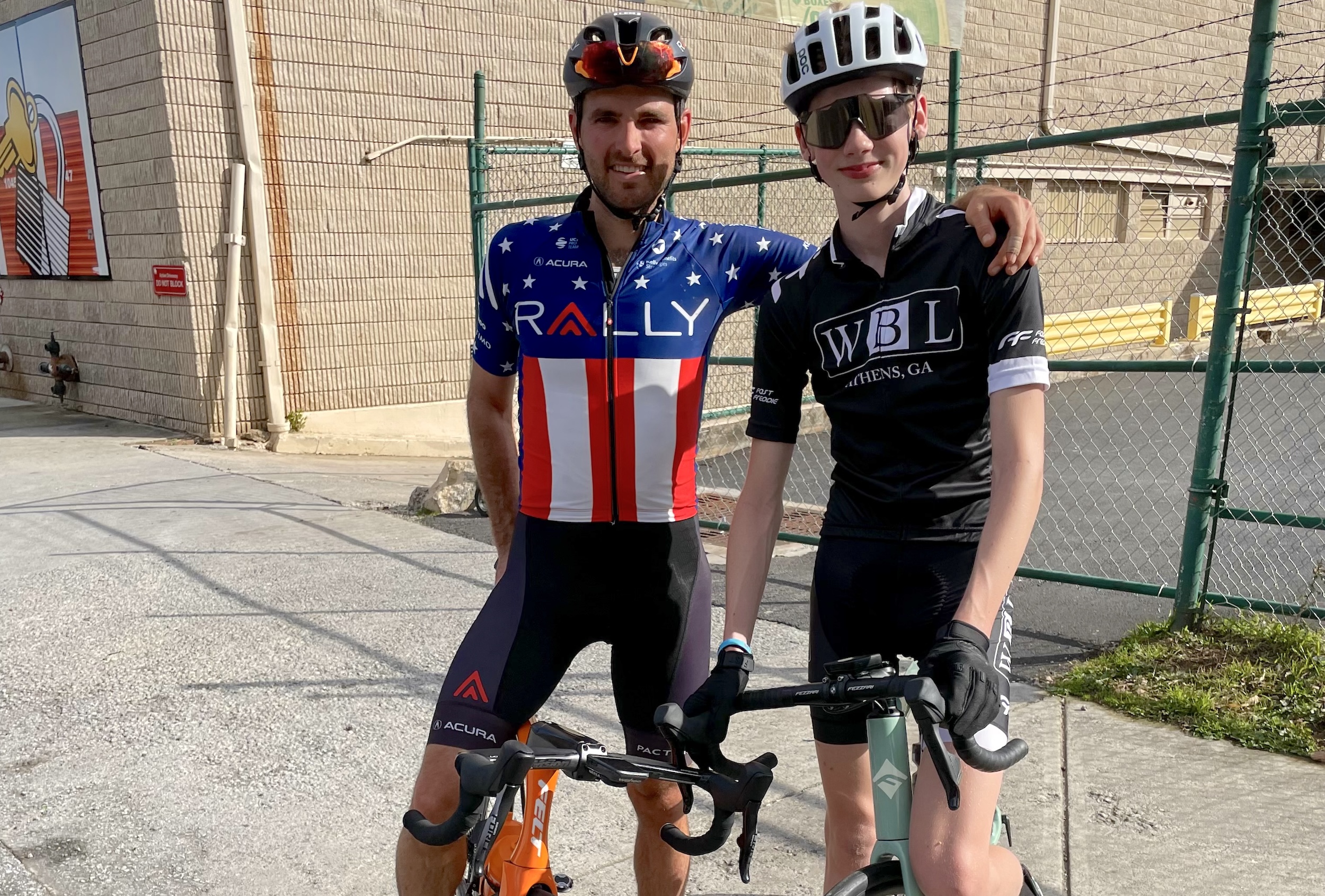The day after the team time trial there will be some sore legs in the peloton. Riders will have fallen into various categories depending on their team and ambitions during the race. The riders on a team with a true general classification leader such as Discovery, CSC, or T-Mobile will have worked hard for their leader. With efforts that exceed sustainable time trial power and which are moving towards efforts approaching VO2max, the domestiques could very likely have sore legs. The team leaders and specialist time triallers on the team will recover quickly from the effort yesterday, but could be a little fatigued today and will definitely want an easy day.
The riders on a team without a true GC leader such as Bouygues Telecom or Cofidis may well have ridden the stage at a fairly steady tempo. This will have allowed them to put in a reasonable time, but not thrash themselves into oblivion.
The other group of riders are the ones who were dropped by their teams along the route. Some of these riders will have cruised into the finish knowing they will make the time cut, while others will have been less sure and would have had to continue riding at a fairly intense effort - just below their usual sustainable TT power.
With just a few small climbs in today's stage and a moderate length, it's likely that a small group will have tried to escape and form the first long break of the Tour that stays away to the finish. It will probably be a group of riders who took it fairly easy yesterday. They'll have to break the elastic and get away from the peloton, but once they do so they'll be riding at a moderate tempo for the majority of the stage. This is possibly around zone 3 - that is - below their maximum time trial power.
Why so 'easy'?
Simply, intensity (power output or heart rate) is inversely proportional to duration. In other words you can't ride 'all-out' for much more than a few seconds. At such intensity, the riders in a break can maintain this effort for a long way. As long as they maintain good nutrition (taking in around 60 plus grams of carbohydrates per hour), have a good fluid strategy, and take a 'rest' at the back of the break every so often it can be possible to maintain an advantage for a long time.
The latest race content, interviews, features, reviews and expert buying guides, direct to your inbox!
Back in the main peloton the GC riders will be being looked after as much as possible by their domestiques. They'll surround the GC rider and have food and drink to pass up to them as and when required. In the 'bubble' of taking it easy the intensity will be low. For these riders, such as the GC riders (Armstrong, Basso, Ullrich, etc.) and the sprinters (Boonen, McEwen, O'Grady, etc.) their power output and heart rates will be extremely low. For a well-protected rider his average power output may well be very low, such as less than 200W. In fact one study shows that a rider averaged 98W for one stage (Jeukendrup et al, 2000, J Sci Med Sport).
With such a low power their corresponding heart rate will also be very low. Learning to ride on a wheel and minimise the amount of work you do (at certain times) is an extremely important and sometimes overlooked skill of cycle racing. However, if you're practising riding in very tight formation or in a large group you should always be aware of other road and traffic considerations - safety is paramount.
Back to today's stage; there was a long break by Carlstrom, Bodrogi, Commesso, and Flecha. With Flecha having started the move and been away by himself for a while it's likely that he was probably the most fatigued in the break. In the main peloton, the sprinters and GC riders will be taking it easy, while the domestiques who aren't part of a lead-out train for their team sprinter will be working moderately hard, sharing the workload between others to keep the break in check - not letting it get too far away and not catching it straight away. This allows the riders in the break to tire themselves, and by letting them stay out front, also prevents other attacks occurring. As the stage progresses the domestiques will start upping the intensity in a bid to bring back the break. As they get closer to the finish the intensity will continue rising.
As the escapees are caught the sprinters' teams must keep the intensity high to deter others from attacking. Communication is also vital between team members - checking to see how the team sprinter is and whether everyone is in position to lead out the sprinters for another exciting finale. McEwen, Boonen, Hushovd, O'Grady - these riders will soon be working very hard. Jostling for position and riding on wheel takes great skill, tenacity and nerves of steel; they'll also be riding at very high power. Once the sprint opens the power will be very high. Reports from riders suggest about 1300 to 1800W. Heart rates could also go high and may well be relatively higher from the lead out men who may have done more work (but lack the final sprint power and kick) than the actual sprinters. A great day for McEwen today! Will it be a sprinter tomorrow or will a break succeed? The small hills may 'ruin' it for the sprinters.
